New developments are constantly emerging in the world of cell phones that aim to improve the user experience, and one of the most recent is LTPO screens. These began to be implemented last year in some phones and today, more than ever, they are here to stay. It is therefore important to know what they are and what are the benefits of having a mobile with a screen of this technology.
While the most commonly used screen today are those of IPS LCD technology and OLED type (AMOLED, Super AMOLED, Dynamic AMOLED, Fluid AMOLED, OLED retina), little by little the LTPO are making their way into the market, at least in the high end, as they involve significant benefits in terms of energy efficiency that we see below in more depth.
All About LTPO DIsplays: Here’s What You Need To Know
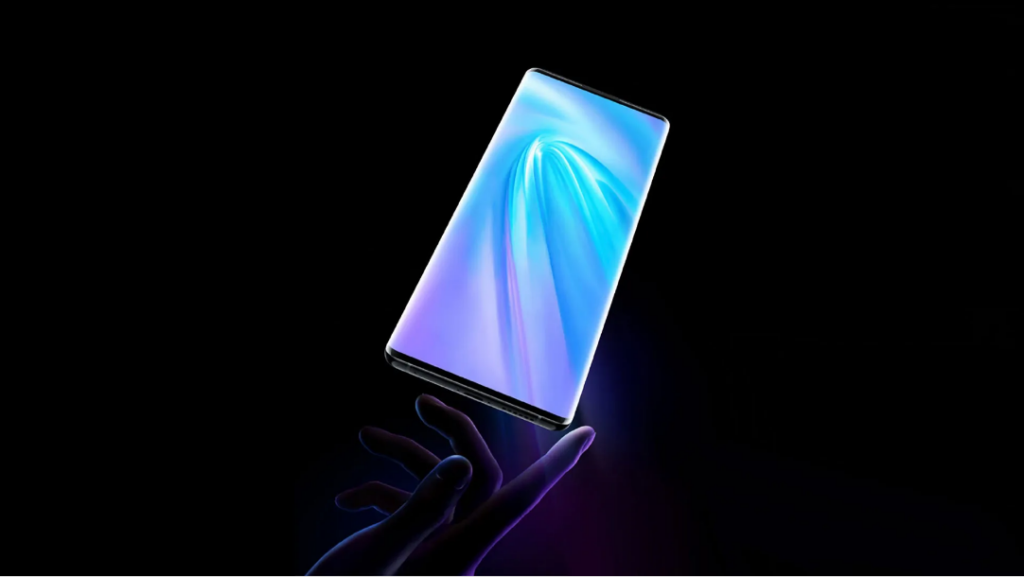
LTPO displays are “low-temperature polycrystalline oxide” panels that provide greater energy savings than displays of different technologies such as those mentioned above. This is because they are capable of varying their refresh rate in real-time, which helps the autonomy of the mobile or any other device that uses it to be greater than that obtained with conventional TFT, LTPS, LCD, IPS LCD, and OLED screens in any of their presentations.
It was developed and patented by Apple several years ago, which is why different manufacturers got to work to develop their LTPO technology, but with other names to take advantage of it freely. In the case of Samsung, for example, this has been called “HOP” (Hybrid-Oxide and Polycrystalline Silicon), but it is based on the same concept as LTPO technology.
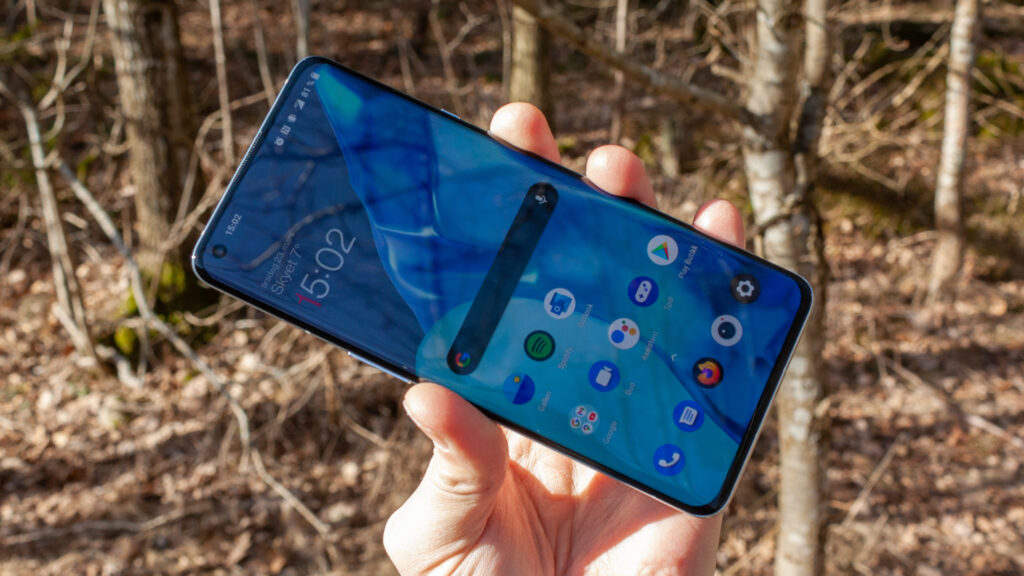
LTPO displays are considered to be the evolution of LTPS (Low-Temperature Polycrystalline Silicon) displays. This is because manufacturers have taken part of the transistors used in LTPS and TFT panels and combined them with new ones made of different materials (indium, gallium, zinc, and oxygen, known by its acronym IGZO), to achieve a lower energy impact on the device itself.
On the other hand, this technology is perfectly compatible with OLED, so it is common to find phones that have LTPO OLED screens or, as in the case of the OnePlus 10 Pro, “LTPO2 Fluid AMOLED”. And it is that, as we say, manufacturers often name their screens in different ways and at convenience, which goes hand in hand with the marketing they apply when presenting and launching their products in style.
Advantages of Having A Cell Phone with an LTPO Display
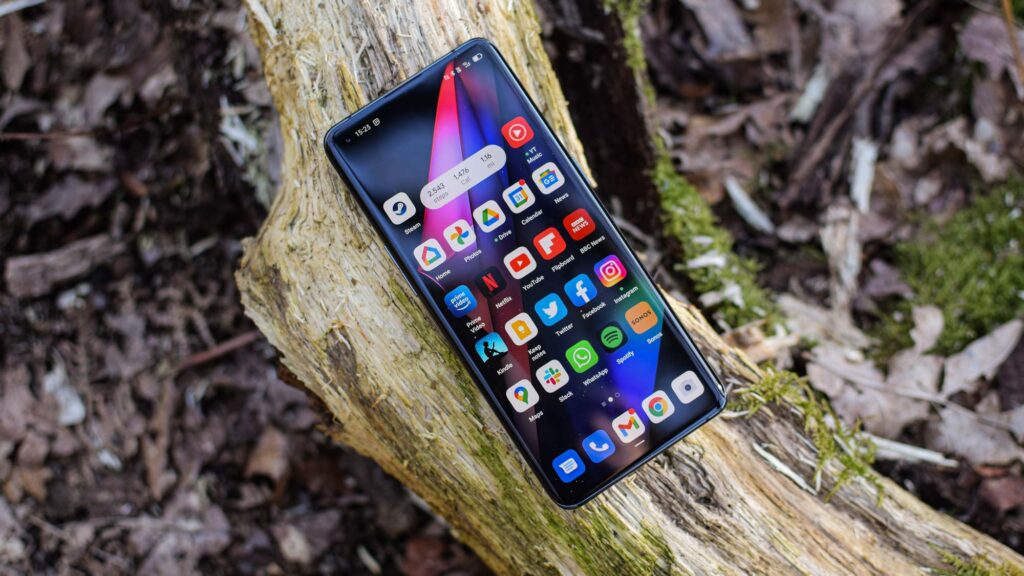
The main advantage of LTPO screens has to do with their energy efficiency, as mentioned at the beginning. They consume less battery power than other types of screens because they can reduce their refresh rate to a certain number of Hz, based on the use of the phone, the application or game that is running, or the configuration that has been previously chosen. They can also increase it instantly, unlike conventional screens, which only work with a certain refresh rate that does not change at any time.
But what does Hz mean in terms of refresh rate? Well, the fact that an LTPO screen has a refresh rate of 1 Hz at a given time means that the image on the screen will be updated once per minute, for example; this being the case, the power consumption of the mobile would drop considerably since the screen will work less, which means that the mobile will be able to work for more hours. In this sense, if it has a refresh rate of 120 Hz, the image on the screen will be refreshed 120 times per minute. With this in mind, it makes more sense that the number of screen image updates directly affects the battery consumption of the mobile, either for better or worse.
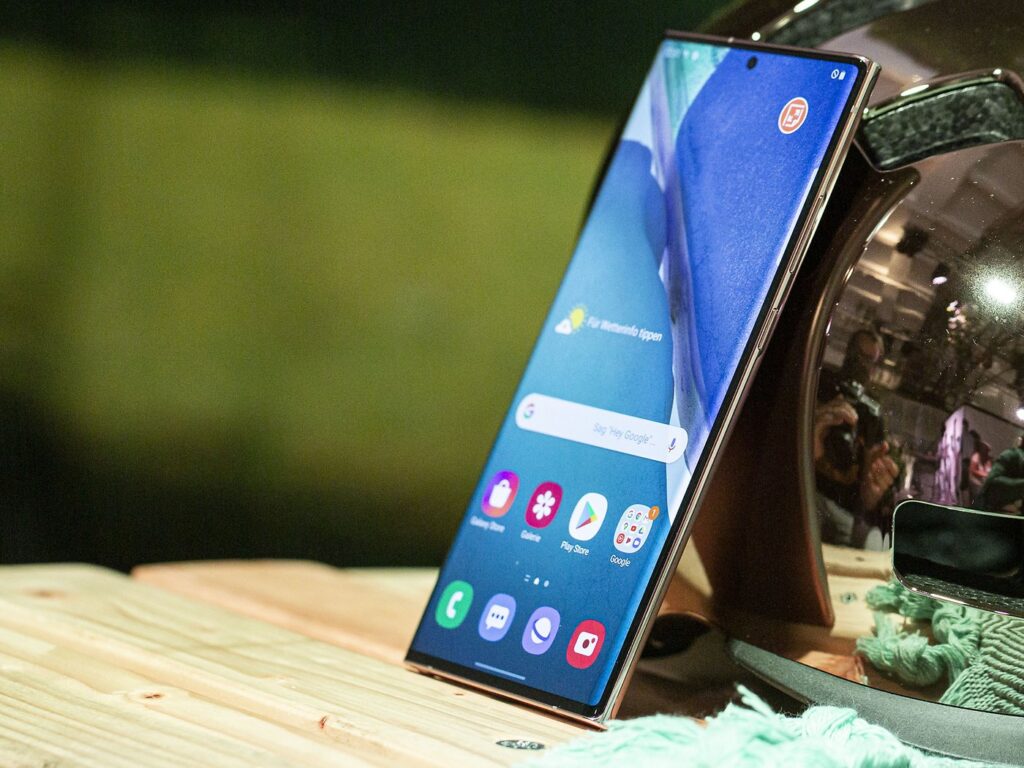
Of course, the variability of the refresh rate of an LTPO display depends on the handset and what the manufacturer has set for it, as some displays can lower the refresh rates to a minimum of 10 Hz, while others can reduce them to 60 Hz, 5 Hz or any other rate, or work at a maximum of 90 Hz or 120 Hz.
In the mobile world, the highest refresh rate that LTPO displays can reach, at least at the time of publication of this article, is 144 Hz, while reducing it down to 1 Hz to save battery life and improve battery life. In addition, these screens usually have high refresh rates starting at 120 Hz, so they provide a fairly smooth and fast user experience, another reason why buying a mobile with an LTPO screen is a good idea.
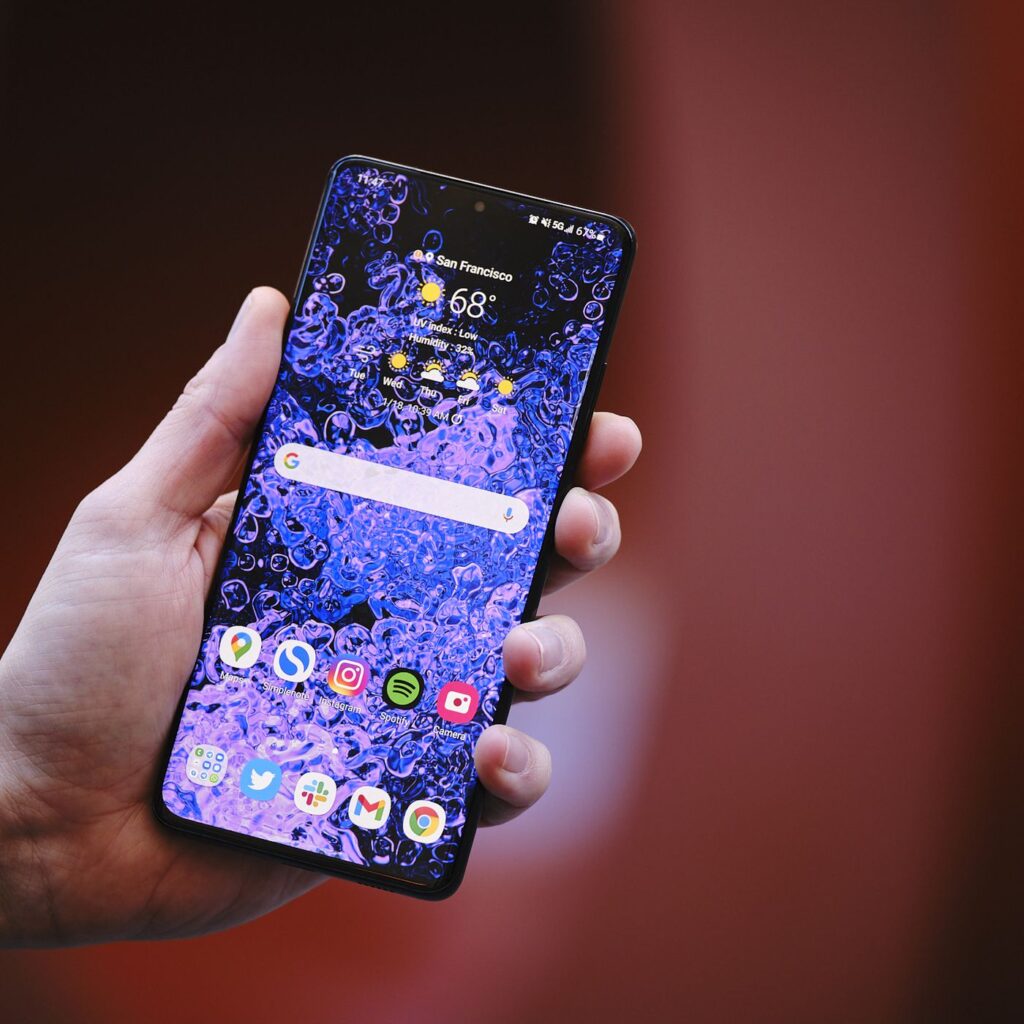
At the moment, the number of mobiles with LTPO displays is small, but some of the most popular specimens among users include the Samsung Galaxy S22, iPhone 13 Pro and 13 Pro Max, OnePlus 9 Pro and 10 Pro, realme GT2 Pro, Vivo X70 Pro+, Oppo Find X3 Pro, iQOO 9 Pro, Xiaomi 12 Pro, and the Google Pixel 6 Pro. It is worth noting that these and other phones that also have this type of screen are high-end, since these are intended for top phones with premium features, so there are still no low-end and mid-range phones with these panels.
We can only hope that soon these screens will make an appearance in cheaper devices and lower ranges.
This post may contain affiliate links, which means that I may receive a commission if you make a purchase using these links. As an Amazon Associate, I earn from qualifying purchases.

